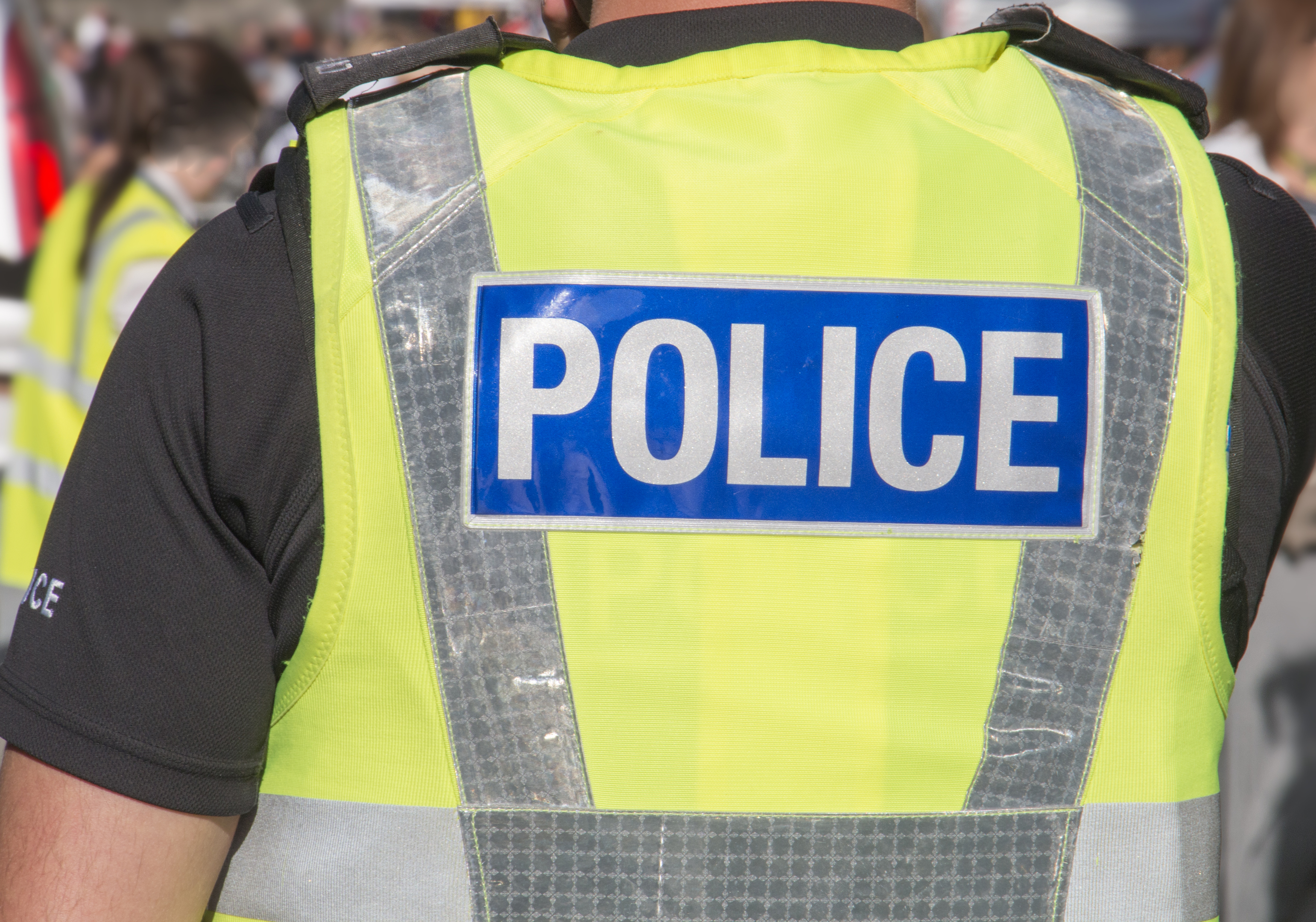
POLICE chiefs have pledged to tackle sexual harassment among staff after a study revealed incidents including inappropriate touching, leering or even pressure to have sex with colleagues.
A survey of almost 1,800 police staff in England, Wales and Scotland found that half had heard sexualised jokes and one in five had received a sexually explicit email or text from a colleague.
Around one in 25 said they had been pressured into having sex, and one in 12 was told that sexual favours could result in preferential treatment.
Unison said its research among staff including community support officers, crime scene investigators, clerks and detention officers found “high levels” of sexual harassment.
A third of those questioned said they had faced intrusive questioning about their private lives and one in five had been touched in a way that made them feel uncomfortable.
One in 10 said they had been asked on a date by a colleague even if they had made it clear they were not interested.
Unison assistant general secretary Christina McAnea said: “Sexual harassment has no place in the modern workplace.
“Perpetrators must be confronted and dealt with immediately. Otherwise their behaviour could escalate from filthy jokes to more serious forms of sexual harassment.
“No member of police staff should feel intimidated, degraded or humiliated at work. Employees who witness or experience this abhorrent and unacceptable behaviour need reassurance that they will be listened to, and believed, and that effective action will be taken to end the harassment.”
Professor Jennifer Brown, co-director of the Mannheim Centre at the London School of Economics, who led the research, said: “This is a serious problem for police forces. When staff are already under pressure, what they need is to be able to work in an environment that respects them rather than generates yet further stress.”
Chief Constable Julian Williams, the National Police Chiefs’ Council lead for professional ethics, said: “The Unison and LSE research into sexual harassment among police staff is important. It shines a light on policing and finds some outdated and unacceptable behaviour that must be rooted out.
“This behaviour falls short of the high standards set in the Code of Ethics, which each member of the policing profession is expected to uphold.
“We have committed to developing a comprehensive action plan by October that addresses the range of harassment found. Some of the behaviour described is predatory and requires the strongest response from police with individuals removed from the service.
“Other behaviours like the repeated telling of sexualised jokes may not be malicious in intent but are misguided and damaging, and our focus will be on finding effective ways of challenging them.”

Enjoy the convenience of having The Sunday Post delivered as a digital ePaper straight to your smartphone, tablet or computer.
Subscribe for only £5.49 a month and enjoy all the benefits of the printed paper as a digital replica.
Subscribe